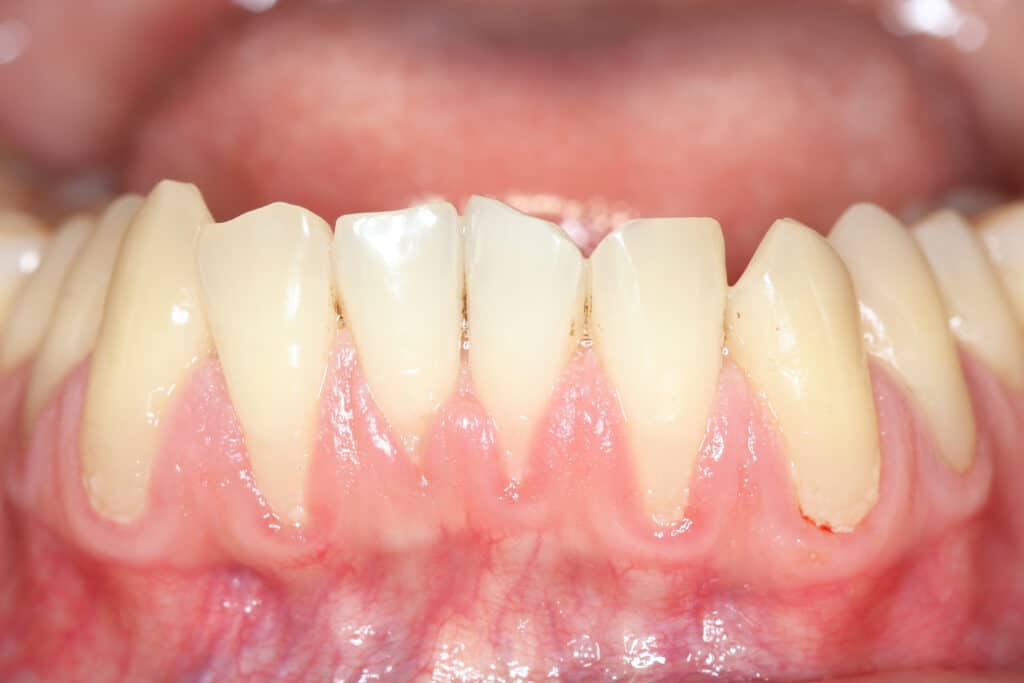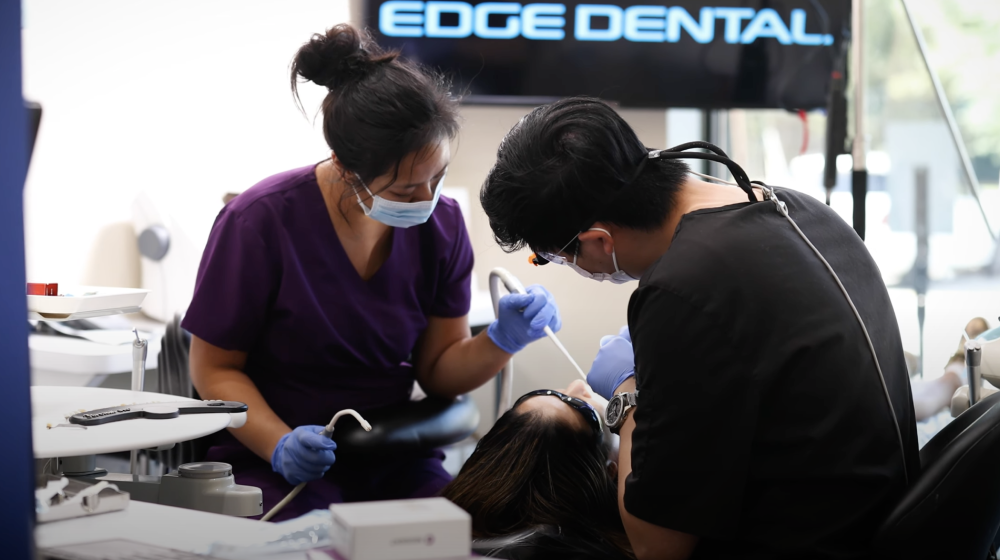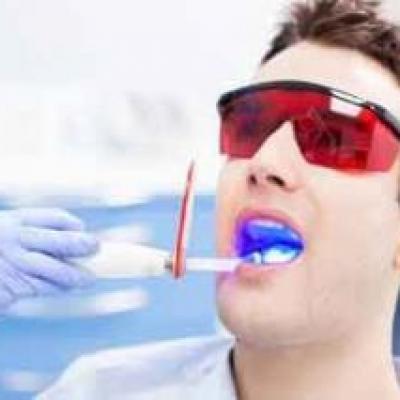How Can A Gum Recession Diagnose?
Posté par Darren Fuller
Corps
Talking about oral hygiene, it is vital to take good oral care through rational checkups. A regular checkup avoids infections and informs about the upcoming disease.
The surgeon diagnoses Gum recession during your routine checkup. Your doctor measures the amount of gum recession in your every tooth with a unique tool named the periodontal probe. You might experience bone loss in the gum recession area because of this. Your surgeon will also measure the periodontal pockets near your teeth.
A healthy pockets measure between 1 and 3 mm, therefore, with gingivitis, pockets measure 4 mm, and if you have periodontal gum disease, your pockets will measure up to 5mm or maybe higher.
How are receding gums fixed?
Usually, gum recession treatment depends on the cause of the gum condition. In some situations, the gums are less infected and can be treated non-surgically, such as topical antibiotics, dental bonding, or orthodontics. In some cases, surgery is needed to recover the problem fully.

- Non-surgical treatments: Includes
- Topical antibiotics- If your gum recession is affected by periodontal disease and can be treated without surgery at Houston Dental Clinic, your dentist will work more efficiently in cleaning your teeth and making your gums disease free by scaling and root planning, which is a deep cleaning method that is done under the control of local anesthesia to destroy the gum bacterias and infections that are deep under the gum line. Your dentist may urge you to inject an antibiotic straight into your gums to treat the gum disease.
- Dental Bonding - Sometimes, to make the tooth less noticeable, your dentist can camouflage the gum recession area with the tooth color compound resin. However, this covers your tooth exposure and is less noticeable.
- Orthodontics - Your surgeon will help you heal your Gum with braces. If you have crooked teeth, a little tilted or rotated teeth, it can cause gum recession too. So, in this case, braces will be a good option to align the teeth properly, and this will help the gum to fill the space and correct itself with time.
If you have a severe gum issue, then gum grafting surgery is the best and long-lasting treatment for gum recession. This surgery typically performs a gum specialist. During the surgery, your doctor replaces a gum graft with the missing gum tissue. Basically, the doctor takes a graft from the upper part of the mouth.

When the surgeon places the gum graft in the right place, then the surgeon will stitch it into the place. Gum grafting can be of several types, but your surgeon at Dental Clinic Near Me will suggest you the best, depending on your condition.
Mainly, Today’s gum grafting methods are convenient and are less invasive.
Conclusion:
Consider a Texas Dental Clinic to fix your gum recede. If you have a gum recede, visit a consultant and talk about your gum disease or problems you are facing.
Gum recession can cause loss of the tooth if not treated on time.
You can graft your tooth to avoid further infection and have a beautiful smile.
Article Source : https://www.wellbeingcares.com/how-can-a-gum-recession-diagnose/










commentaires